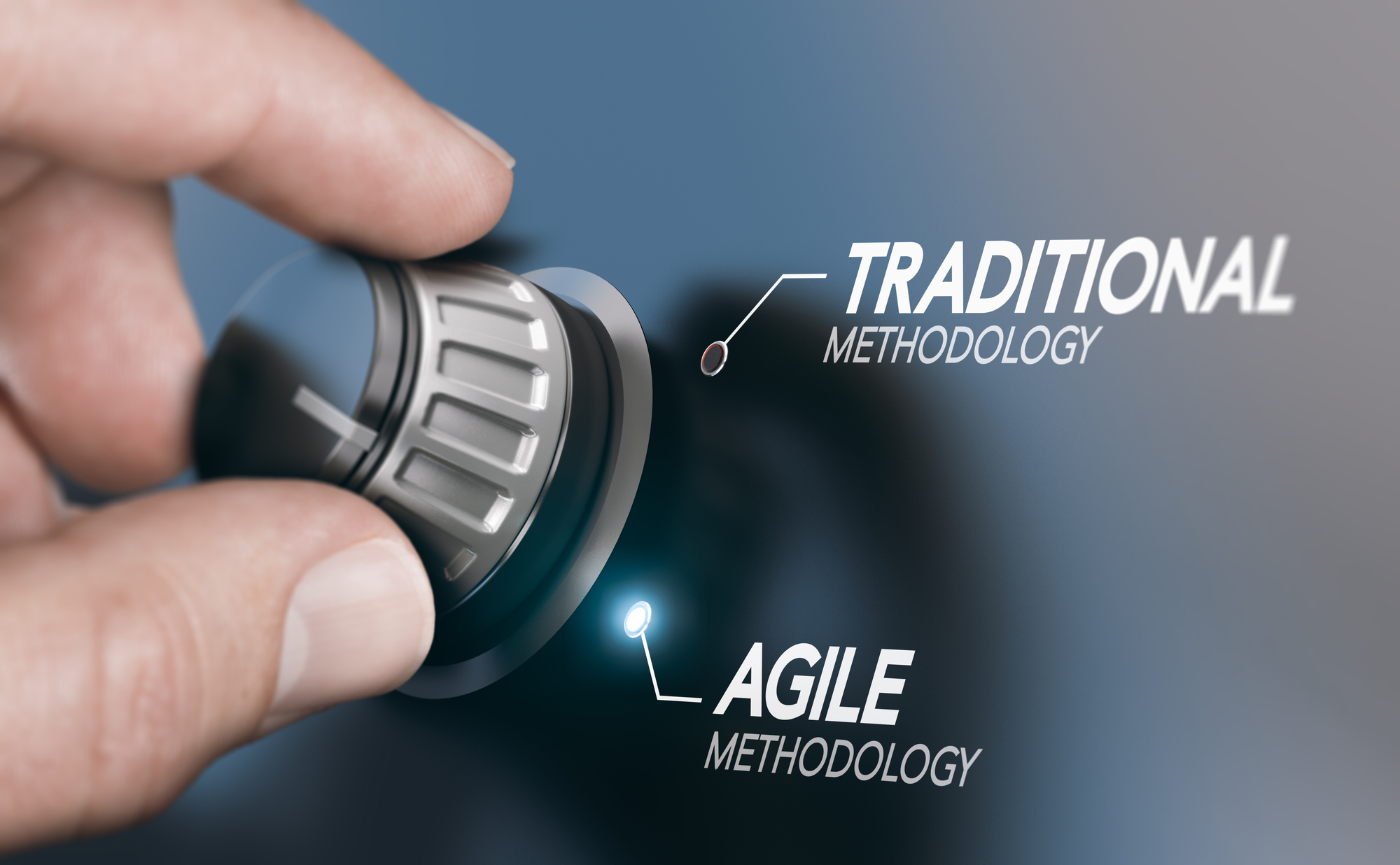
Agile vs Waterfall Methodology
For an IT business, effective management of workflows is vital to productivity. There are various methodologies to choose from and no one approach is ideal for all situations but two of the most widely used are Waterfall and Agile.
Using the Waterfall Model methodology, the project development team only moves to the next phase of development or testing once the previous step has been completed successfully. It aims at reaching a single outcome that is achieved as a result of careful planning and step by step implementation.
By contrast, with Agile methodology, the development and testing activities occur concurrently. It is more focused on iteration to see what works and what doesn’t. The approach places a greater emphasis on customer involvement throughout the project, with iterations based on feedback.
So which methodology should you choose, Waterfall or Agile? In this blog, we compare the two approaches and assess the strengths and weaknesses of each so you can decide which is likely to be the best approach for your company. For greater detail on each of the methodologies, have a look at our Waterfall and Agile blogs.
Waterfall
Pros:
- Simplicity - as Waterfall uses clearly defined goals and milestones, the planning process is more straightforward. The entire development team is on the same page and progress can be easily tracked to determine when the team moves onto the next step.
- Cost - the methodology can save time and money through having a clearer documentation and planning process. The team is less likely to waste time due to uncertainty on what each team member should be doing at any given point in time.
Cons:
- Risk - The lack of customer involvement can mean that if the project goes off track, it can more easily result in producing a different final outcome. If things go wrong, fixing them can be difficult as it requires going back many steps. If initial assumptions are flawed the product may also be very different to want the customer expects or wants.
- Documentation - documenting the project’s requirements at each step of the process can be time consuming and complex. In some cases it can be challenging to document the necessary assumptions during the initial planning phase that set the scope for the project and it is difficult to go back and make changes at a later time.
Agile
Pros:
- Communication - having continuous client or customer involvement means the development team receives regular feedback throughout the project, which improves the ability to make decisions on the fly.
- Quality - Due to the iterative nature of the approach, output quality can be improved with each cycle. While there can be greater levels of trial and error involved, there is an overall greater focus on quality improvements through development, testing, and customer collaboration.
Cons:
- Buy in - while the Agile approach can seem simple, it requires total buy in from everyone involved and that they can work closely together to hit quick delivery timelines. If even a single team member is not in alignment with the rest of the team, it can cause problems for the project.
- Clarity - because the Agile approach emphasises working software over clear documentation, it is more likely that things can get overlooked with each new iteration. In some cases this can result in a final product that can be quite different to what was initially planned.
The winner is….
It’s important to remember that there is no one clear winning approach for every project. However, as a general rule it can be said that Agile is often favoured for digital projects.
Waterfall favours projects with a short time frame and smaller budgets or those with well established and stable project requirements where there may be a higher degree of similarity between each project.
No matter which approach you choose, success isn’t guaranteed unless the team is prepared to be flexible and adaptable to overcoming challenges. The capabilities and skills of the project team will still ultimately have the greatest influence on the project outcome.
If you find that one approach isn’t working, consider trying the other methodology on your next project. You may just find that it provides a shorter or less complex route to project success.
For greater detail on each of the methodologies, have a look at our Waterfall and Agile blogs or get in touch with us here about how we can help.
